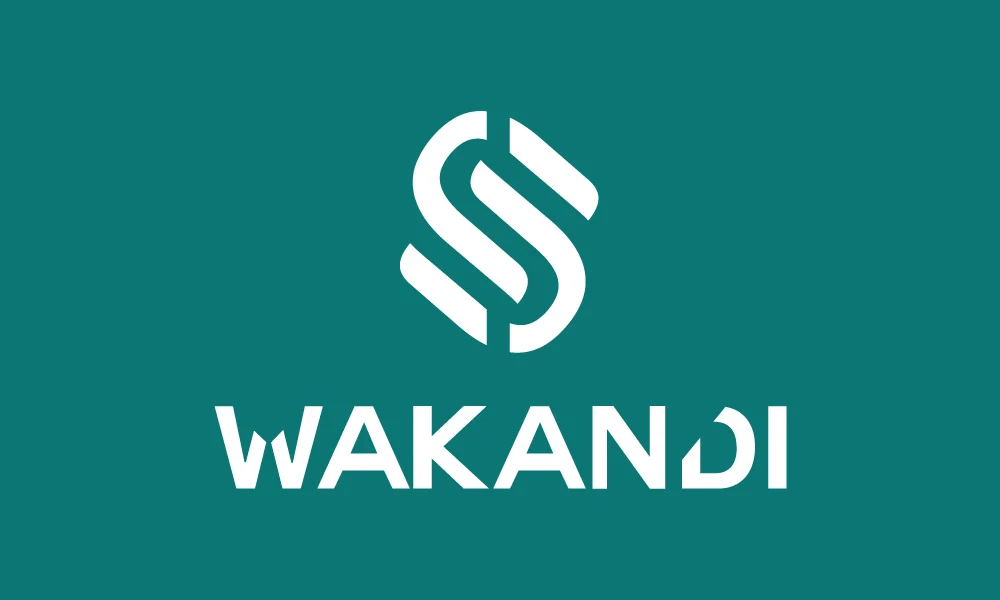Let me be clear about this policy – it completely misses the mark when it comes to understanding how Uganda’s credit market actually works and who really needs protection. Let’s talk about real people. Take a chapati seller on our streets. He borrows 100,000 UGX to buy ingredients for chapati, rolex, tea, and other snacks. From regulated lenders, he pays 6-15% monthly interest, using and rotating this capital throughout the month to keep his business running. Access to this working capital is what keeps his business alive. Without these loans, his business dies. His family suffers. It’s that simple.
Let’s talk about why different loans have different rates. Banks access practically free capital from public deposits and still charge 25-30% annually – even while requiring collateral, charging application fees, processing fees, insurance fees, demanding guarantors, and having the power to withhold your deposits if you default.
Meanwhile, private lending companies face a different reality. They use expensive capital and have limited options when someone defaults. Yet people question their rates while giving banks a free pass. Let me break down exactly why lenders charge these rates. This isn’t about greed – it’s about survival and basic math.
Take a typical money lender using private capital. Here’s their reality: First, they’re borrowing at 22% just to get the money to lend. That’s their starting point – not zero, not bank deposit rates, but 22%. Already, any talk of single-digit interest rates ignores this basic fact.
Then come the operating costs:
- Staff to process loans
- Systems to track payments
- Collection teams
- Customer support
- Compliance costs
These add another 12% to the cost structure.
Now for the hard truth about defaults. With a 7% monthly write-off rate – actual loans they will never recover – lenders need a significant risk premium just to stay afloat. When someone doesn’t pay, you don’t just lose the principal – you lose all the costs you’ve incurred serving them.
Prudent lenders maintain a 5% liquidity buffer for unexpected losses. In a volatile market like Uganda, this isn’t optional – it’s survival. Add a 15% margin to keep the business sustainable and attract more capital to serve more borrowers, and here’s what the math looks like:
- Cost of Funds: 22%
- Operating Costs: 12%
- Risk Premium (based on write-offs): 15%
- Liquidity Buffer: 5%
- Basic Margin: 15%
Total: 69%
This is why even bank-telco partnerships have to charge the rates they do. It’s not because they want to – it’s because they have to for it to make business sense.
This policy doesn’t touch the real predators – those unregulated loan apps that harass borrowers, call their entire contact list with threats, and use brutal collection tactics. While regulated lenders face intense scrutiny, these predatory lenders continue operating with impunity, protected by powerful connections. The very people who should be stopping these illegal operators seem mysteriously unable to act. Punishing these regulated lenders with rate caps because of unregulated bad actors is like banning all taxis because of reckless boda bodas.
These licensed lenders may charge higher rates due to their cost structure, but they follow the rules – providing clear terms, following proper collection practices, and answering to regulators. And they cover a massive gap in the economy.
Here’s what’s really happening: this policy was driven by politicians and MPs looking for relief from their own irresponsible borrowing, not by the needs of ordinary Ugandans who rely on small loans for their businesses. They’re pushing through a policy that will destroy access to credit for millions of hardworking Ugandans who depend on these regulated lenders for their daily operations.
When you make it impossible for regulated lenders to operate profitably, they divert their capital to other ventures, but borrowing doesn’t stop – it just goes underground. The need for quick credit doesn’t disappear with rate caps. People will still need loans for their businesses, emergencies, and daily operations. They’ll be forced into the arms of unregulated loan sharks who operate without oversight and use devastating collection practices.
We don’t even need to guess how this ends. Look at Kenya. Their 2016 interest rate caps were a disaster. Banks and microfinance institutions couldn’t make the numbers work, so they stopped lending to small businesses and high-risk borrowers. They focused on the wealthy, the “safe” clients. The informal sector – the backbone of Kenya’s economy – took a massive hit.
Financial inclusion went backwards. Economic growth slowed. And people didn’t stop borrowing – they just turned to unregulated lenders charging even higher rates. Kenya had to repeal these caps in 2019 because they were doing more harm than good.
Want to see how proper regulation works? Look at the UK’s Financial Conduct Authority (FCA). After extensive market consultation and careful analysis, they set their payday loan rate cap at 0.8% per day. Even in that developed market, their chief executive Martin Wheatley acknowledged: ‘If the price cap was any lower, then we risk not having a viable market.’
The UK, with its advanced credit information systems, lower cost of funds, sophisticated collection mechanisms, and developed financial infrastructure, determined that 0.8% per day (about 24% per month) was the maximum rate. They reached this after consulting industry players, consumer groups, professional bodies, and academics. They carefully balanced market viability with consumer protection. They capped total costs at 100% of the loan amount for short-term loans, otherwise known as payday loans, which are usually paid within one month.
Most importantly, they recognized that some borrowers (their estimate was 7%) would lose access to credit – but concluded these were people who would have been worse off with loans anyway. That’s targeted consumer protection, not blanket disruption of the market. If 0.8% per day is the viable rate in the UK’s sophisticated market, how can anyone expect Ugandan lenders to survive on lower rates while facing higher costs, worse credit information, and riskier lending environments?
The proposed interest rate caps ignore this reality. They assume lenders are making excessive profits when in fact, many are barely covering their costs. Force them to lend below these rates and they won’t lend at all.
Instead of rate caps, we need to focus on reducing these underlying costs and strengthening proper regulation:
- Better enforcement of existing lending regulations
- More efficient operations through technology
- Lower defaults through better credit scoring
- Increased competition to drive innovation
- Clear disclosure requirements for loan terms
- Financial literacy programs for borrowers
Rate caps sound good in political speeches. But in the real economy – in the markets, on the streets, in the small shops where most Ugandans earn their living – they’re a recipe for disaster. We need solutions that protect borrowers from genuinely predatory practices while keeping credit flowing to those who need it most.
The choice is simple: we can either learn from Kenya’s mistake, or we can watch as legitimate lenders exit the market, businesses shut down, and desperate borrowers fall prey to unregulated loan sharks.




